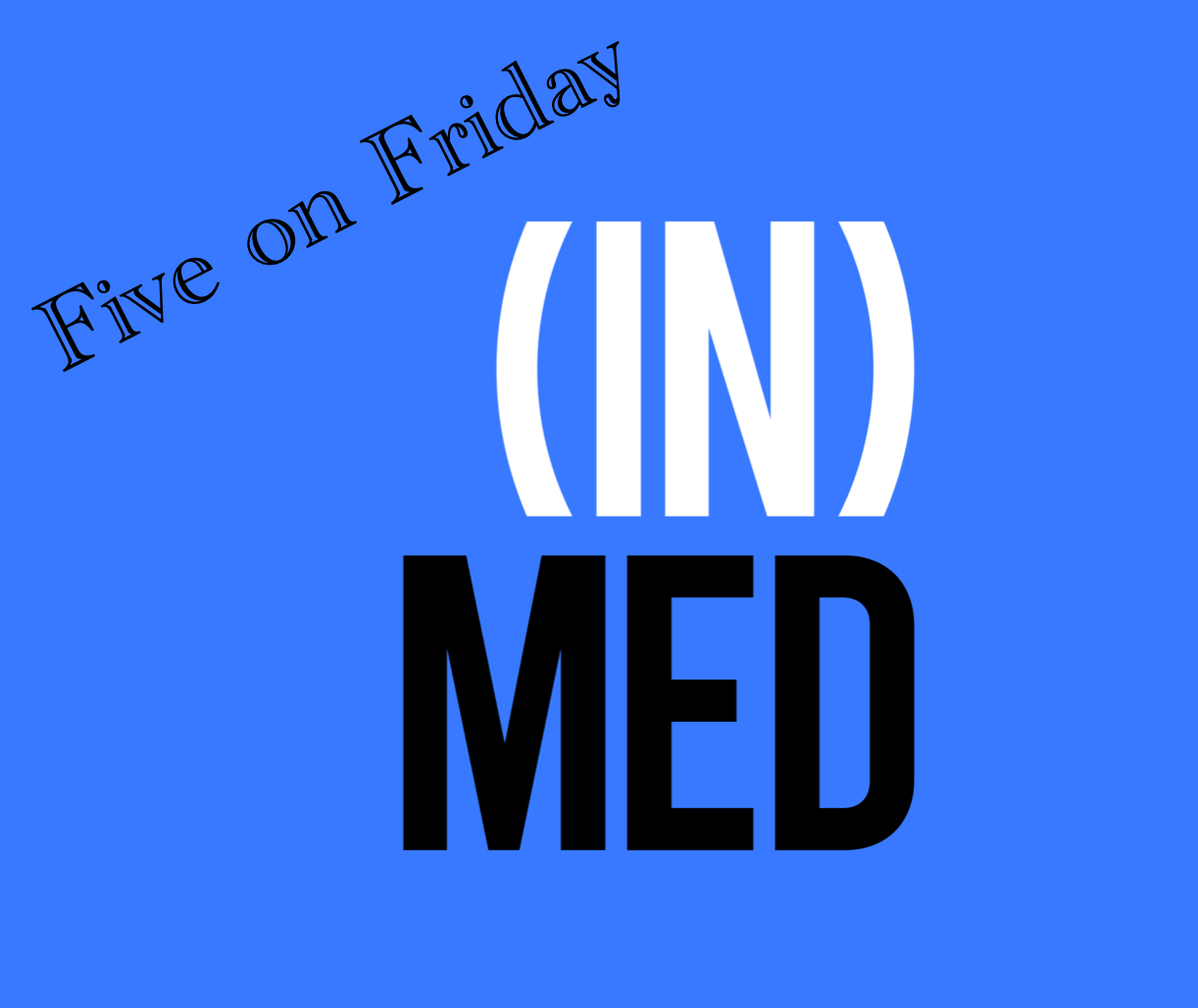Update on the Democratic Republic of the Congo illness cluster. Not an "outbreak" after all?
That and other stories in "Five on Friday" for December 13, 2024...
Item 1: Update from the “outbreak” in the Democratic Republic of the Congo.
Based on new information from the WHO, it’s starting to look like the cluster of severe illnesses in the Democratic Republic of the Congo (DRC) will turn out to have been the result of a combination of several problems, rather than one distinct outbreak. Ten of the twelve reported samples taken from children who became ill or died tested positive for malaria, a disease that is endemic to the area. The cluster also coincided with respiratory virus season in the DRC, so some of the other illnesses may have been caused by other pathogens. (That’s why I put “outbreak” in quotes in the headline.) In recent days, no new cases have been reported.
Underneath this is the harrowing reality that tenuous health conditions leave people (including children) vulnerable in many places around the world. As per the WHO, the region in the DRC where these illnesses were reported “suffers from high levels of malnutrition and low vaccination coverage, leaving children vulnerable to a range of diseases including malaria, pneumonia, measles and others.” So, the root cause of the 31 deaths considered to be part of this 416 case cluster may turn out to be a combination of a few typical pathogens and the sad reality that adequate nutrition and immunity are not guaranteed in all parts of the world.
The one encouraging part of this story is that the DRC and its partners—Africa CDC, WHO, the US, and others—were quick to respond and investigate the situation. It is reassuring that if this had been a novel pathogen or resurgence of a known dangerous one, it feasibly might have been contained as a result of a brisk and relatively transparent response.
Item 2: Electronic sepsis alerts might improve outcomes, new trial finds.
Sepsis—when the immune system’s response to infection causes organ damage and even death—is much easier to treat when detected early. Over the years, many screening strategies have been created and used. The trick is finding a screening tool that detects all the important cases without over-diagnosis (leading to unnecessary use of powerful antibiotics which have side effects and contributes to antibiotic resistance).
One tool I’ve often found useful in my clinical practice is called qSOFA. It’s easy to use and routinely gives meaningful information. (One problem with relying on qSOFA entirely is that it may miss milder or early cases). qSOFA is a 3-item checklist: low blood pressure, altered mental status (from their own baseline), and an increased rate of breathing. If a patient has two of these, they are "qSOFA positive,” and sepsis should be considered.
Researchers in Saudi Arabia performed a randomized trial (published in the Journal of the American Medical Association this week) in which various hospital wards were randomized to start receiving electronic alerts if a patient triggered the qSOFA screen. The results showed that the wards with the electronic alerts had lower mortality than the ones that did not (after a bunch of controls/adjustments). That’s good news, because it implies that the alerts led to some kind of action that helped the patients.
The problem is that it’s unclear why outcomes were better. Antibiotics were ordered a bit more often in the wards that had the electronic alerts, but overall, antibiotic use was actually similar across the groups overall. Also, some potential downsides were seen, including increased need for dialysis and for a complication of antibiotics called C. difficile, an infection often caused by the use of antibiotics typically used to treat sepsis.
I spoke to Dr. Derek Angus, a sepsis expert who wrote an editorial that accompanied the research article in JAMA. I wanted to know why screening seemed to help, despite no objective increase in key sepsis treatments. Here’s what he told us:
“The most likely explanation is some sort of halo effect, where increased attention to physiologic deterioration, and the need to intervene promptly in the face of physiologic deterioration, somehow changed the overall degree of vigilance by the clinical team across all patients, and not just those in whom the alert fired. Halo effects are pretty common with complex health services delivery interventions – when you introduce an intervention designed to change culture and social norms in a clinical team, it can ‘catch on’ in a way that spreads into what the clinical teams do for all patients, and not just those that were the initial target….Finally, this is of course just the beginning: an entire wave of AI-enabled clinical decision tools are all likely to have these hard-to-discern changes in practice—the effects (both good or bad) could be both very real and a bit hard to predict.” —Dr. Derek Angus.
So, a possible step forward here, and a reminder that early detection of severe illnesses of all kinds often helps patients, and often in ways we can’t quite explain.
Item 3: GLP-1 experts answer Inside Medicine questions.
Last week, I hosted a conversation with Dr. Fatima Cody Stanford and Dr. Karl Nadolsky to discuss the latest on all things related to the GLP-1 drugs like Ozempic, Wegovy, Mounjaro, and Zepbound. Thank you to Inside Medicine readers who submitted questions. We got many of them answered. Dr. Stanford and Dr. Nadolsky are actually the two doctors who helped me realize the importance of the GLP-1 drugs, thanks to a Q&A we did two years ago. So, this was a wonderful chance to follow up with them and take the conversation to a really high level with them. Please check out our interview, divided into two parts: Part 1. Part 2.
I hope to have these two superb experts back again in the future and have more of our questions answered.
Item 4: Uninsured rates crept up in 2024—except among wealthier US residents.
The rates of US residents without health insurance are far lower today than they were prior to the Affordable Care Act. However, a new report from the CDC shows that in early 2024, the rates of uninsured US residents crept up among everyone except those with family incomes greater than 400% of the federal poverty level. There continue to be massive disparities in coverage by income level; over 20% of the poorest families lack health insurance. Take a look at the latest data on insurance rates stratified by income level:
Item 5: Poll of the Week.
We’re back with another poll!
That’s it. Your “Friday Five!” Questions? Comments? Please chime in!
Feedback! Have any ideas for next week’s Poll of the Week? Any great articles you’ve read elsewhere that you want to share with the Inside Medicine community?







The proactive procedures/monitoring for sepsis, leads me to ponder (ask) how common (frequent) 'sepsis' might occur in the general medicine population (in hospital)?
I lost a dear friend (also a Phm) in his early 40's who developed sepsis. He initially thought he was battling the 'flu' (influenzae). He may have had a innocent cut that was the precipitatant...so I was told. He did, however deteriorate quite rapidly at home & upon arrival at the hospital he had various organs failing
Yes, a sad story but my point/ question, do most cases of sepsis outside of the hospital accelerate so rapidly the probability of recovery is quite low?